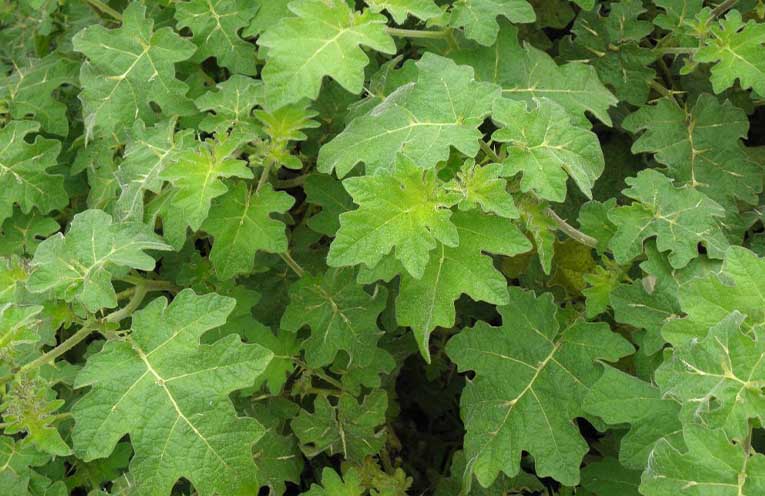THE NSW Government will deliver $10 million to local councils to target high-risk weeds across the state.
The Weeds Action Program funds local councils, known as Local Control Authorities (LCA), to detect and respond quickly to incursions of new high-risk weeds.
The program focuses on prevention and early intervention to stop the spread of problem weeds by providing practical resources and on-ground support to ensure a proactive and coordinated response by LCAs.
LCAs are commissioned to undertake services such as surveillance, and rapid response to prevent, eradicate or contain new infestations of priority weeds.
In addition, the program funds training for LCA biosecurity officers so they can effectively respond to biosecurity emergencies across NSW.
LCAs make applications for funding under the program and need to demonstrate they are focusing on high-risk weeds to gain approved funding.
This year the NSW Government has approved 92 funding applications from 86 LCAs.
High-risk weeds targeted by the NSW Government’s Weeds Action Program include:
- Parthenium weed causes allergies and respiratory issues in people, liver damage in livestock and outcompetes pastures and crops. The program works to keep NSW Parthenium weed free through collaborative action and surveillance programs.
- Rubber vine can invade pastures, waterways and natural areas, climbing up to 30 metres high. A major threat to grazing industries can cause livestock deaths. Found in Queensland, it could become a major weed in Western NSW.
- Tropical Soda Apple (TSA), an aggressive, prickly, perennial shrub, invades open and semi-shaded areas in pastures, along rivers and in forests. It reduces biodiversity, displaces native plants and disrupts ecological processes. Its foliage is unpalatable to livestock. TSA is found on the North Coast, Mid-Coast, Hunter and New England areas.
- Alligator weed has been found in the Namoi Valley, Griffith and Woomargama areas. It’s a significant risk to irrigation and poses a threat to the Murray Darling Basin.
- Harrisia cactus is a highly invasive weed which poses a serious threat to agriculture and native ecosystems. It reduces pasture productivity, hinders livestock movement and outcompetes native plants. Harrisia cactus is found in the North West and Hunter regions.
Minister for Regional NSW Tara Moriarty said, “Weeds are a serious threat to our environment and economy, and our government is focused on investing this $10 million to empower LCAs who work with community groups and farmers to protect their lands and livestock.
“This investment helps communities tackle invasive weed species head-on by supporting local management efforts, improving detection of these weeds and then responding with know-how and strong coordination between government agencies, councils and landholders.”
Member for Oxley Michael Kemp, has welcomed the funding, but says it won’t go far enough to fix the growing threat across regional NSW.
“TSA is spreading rapidly through the Macleay Valley and Northern Tablelands, and our primary producers are paying the price, both in time and out of their own pockets,” Mr Kemp said.
“This funding is a start, but we need answers on how our councils and landholders can apply for this support, and how much of it will be directed to regions like Oxley?” he said.
“I’ll be working closely with our local councils and NSW Farmers to ensure our region gets its fair share of support so we can get on top of the threat.”
Mr Kemp is also calling for Tropical Soda Apple to be listed as a Weed of National Significance, which would bring further federal attention and resources.
“Our farmers are stepping up. They’re reporting outbreaks. They’re trying to manage infestations. But they can’t do it alone.
“The government must get serious and list TSA as a Weed of National Significance.”



